- Home
- Articles
- Architectural Portfolio
- Architectral Presentation
- Inspirational Stories
- Architecture News
- Visualization
- BIM Industry
- Facade Design
- Parametric Design
- Career
- Landscape Architecture
- Construction
- Artificial Intelligence
- Sketching
- Design Softwares
- Diagrams
- Writing
- Architectural Tips
- Sustainability
- Courses
- Concept
- Technology
- History & Heritage
- Future of Architecture
- Guides & How-To
- Art & Culture
- Projects
- Interior Design
- Competitions
- Jobs
- Store
- Tools
- More
- Home
- Articles
- Architectural Portfolio
- Architectral Presentation
- Inspirational Stories
- Architecture News
- Visualization
- BIM Industry
- Facade Design
- Parametric Design
- Career
- Landscape Architecture
- Construction
- Artificial Intelligence
- Sketching
- Design Softwares
- Diagrams
- Writing
- Architectural Tips
- Sustainability
- Courses
- Concept
- Technology
- History & Heritage
- Future of Architecture
- Guides & How-To
- Art & Culture
- Projects
- Interior Design
- Competitions
- Jobs
- Store
- Tools
- More
Green Architecture: Building a Sustainable Future with Innovative Designs and Eco-Friendly Practices
Discover how green architecture is building a sustainable future by blending eco-friendly design, renewable materials, and innovative technologies. Explore energy-efficient systems, biophilic elements, and inspiring projects that promote environmental conservation, economic savings, and healthier living.

Sustainability isn’t just a buzzword; it’s become a necessity as we face growing environmental challenges. Green architecture offers a powerful solution, blending innovative design with eco-conscious practices to minimize our impact on the planet. By rethinking how we build, we can create spaces that not only meet our needs but also respect the environment.
As we strive for a more sustainable future, green architecture inspires us to embrace energy efficiency, renewable materials, and harmony with nature. It’s not just about constructing buildings—it’s about creating healthier, smarter spaces that benefit both people and the planet. Together, we can redefine what it means to build responsibly.

Table of Contents
ToggleWhat Is Green Architecture?
Green architecture refers to designing and constructing buildings that minimize environmental impact while enhancing occupant well-being. It incorporates energy-efficient systems, sustainable materials, and innovative designs to create eco-friendly structures.
This approach prioritizes renewable resources, such as solar panels, rainwater harvesting systems, and energy-saving insulation. It also emphasizes reducing waste during construction through resource-efficient practices. Examples include using recycled steel or reclaimed wood in building frameworks.
Green buildings often integrate biophilic elements, such as indoor greenery and natural ventilation, to establish a connection with nature. These designs support lower carbon emissions, reduced utility costs, and healthier indoor environments for occupants. By integrating these principles, green architecture helps build a sustainable future without compromising functionality or aesthetics.
Key Principles Of Green Architecture
Green architecture focuses on creating buildings that align with sustainability objectives. Its foundation rests on several principles that prioritize efficiency, conservation, and environmental harmony.

Energy Efficiency
Energy-efficient buildings maximize performance while lowering energy consumption. Using technologies like high-performance insulation, energy-efficient windows, and LED lighting drastically reduces overall energy demand. Incorporating renewable energy systems such as solar panels and wind turbines further minimizes reliance on traditional energy sources. Passive design strategies, including natural ventilation and orientation to capture sunlight, enhance efficiency without additional operational costs.
Sustainable Materials
Sourcing sustainable materials lowers environmental impact and promotes resource conservation. Recycled steel, reclaimed wood, and low-carbon concrete are examples of eco-friendly material options. Local sourcing reduces transportation emissions, while using non-toxic, durable materials ensures longevity and occupant health. Certifications like FSC (Forest Stewardship Council) for wood products help verify responsible harvesting.
Water Conservation
Efficient water management reduces waste and supports resource sustainability. Features like low-flow fixtures and dual-flush toilets optimize water usage within buildings. Rainwater harvesting systems and graywater recycling provide alternative water sources, decreasing demands on municipal systems. Landscaping with native or drought-tolerant plants further minimizes irrigation needs.
Indoor Environmental Quality
Enhancing indoor environmental quality fosters healthier living and working spaces. High ventilation rates and advanced air filtration systems improve indoor air quality by reducing pollutants. Maximizing natural lighting boosts mood and productivity while lowering reliance on artificial illumination. Using non-toxic paints, adhesives, and finishes limits exposure to harmful chemicals, ensuring a safer indoor environment.
Benefits Of Green Architecture
Green architecture offers substantial advantages, emphasizing environmental preservation, economic efficiency, and enhanced quality of life. By integrating sustainable practices, we create buildings that positively impact both the planet and its inhabitants.

Environmental Impact
Green architecture significantly reduces the strain on natural resources. By incorporating renewable energy sources like solar or wind power, buildings lower carbon emissions and reliance on fossil fuels. Utilizing sustainable materials, such as bamboo or recycled steel, minimizes waste and prevents deforestation. Features like rainwater harvesting systems and green roofs contribute to water conservation and improved ecosystems. Together, these elements help combat climate change and support biodiversity.
Economic Advantages
Sustainably designed buildings result in long-term financial savings. Energy-efficient systems, including LED lighting and advanced HVAC technology, reduce utility expenses over time. Using durable, low-maintenance materials extends the lifespan of infrastructure, lowering maintenance costs. Additionally, green buildings often qualify for tax incentives or government grants aimed at promoting eco-friendly developments. High market demand for sustainable properties further increases their resale value, providing economic benefits to owners and developers.
Health And Well-being
Eco-conscious architecture enhances indoor air quality and fosters healthier living environments. Proper ventilation systems, combined with non-toxic paints and materials, reduce exposure to allergens and harmful chemicals. Maximizing natural light and incorporating biophilic design elements—like indoor plants—improve mental health and productivity. Optimized thermal comfort and noise reduction features contribute to overall wellness, making green buildings ideal for both residential and commercial use.
Innovative Green Building Technologies
Green building technologies play a crucial role in creating environmentally sustainable structures. These advancements combine energy efficiency, smart systems, and natural solutions to drive sustainability.

Solar Power Integration
Solar energy systems significantly enhance energy efficiency in green architecture. Photovoltaic panels convert sunlight into electricity, reducing reliance on non-renewable energy. Many designs incorporate solar panels on rooftops or facades to maximize energy capture. Solar water heaters further contribute by supplying hot water without additional energy demand. By integrating battery storage systems, buildings store excess power for later use, ensuring consistent energy availability.
Smart Building Systems
Smart systems optimize resource use while improving functionality. Automated energy management systems adjust lighting, heating, and cooling based on occupancy, reducing energy waste. Sensors monitor air quality and humidity levels, maintaining a healthy indoor environment. Smart windows, which adjust tint according to light exposure, enhance natural lighting and temperature control. IoT-enabled devices streamline building operations and provide real-time data for informed decision-making.
Green Roofs And Walls
Green roofs and living walls enhance sustainability by integrating vegetation into building design. These features improve insulation, reduce urban heat effects, and filter air pollutants. Green roofs also manage stormwater by absorbing runoff, minimizing strain on drainage systems. Living walls, composed of vertical plants, promote biodiversity in urban areas and improve visual aesthetics. Both reduce indoor temperatures, lowering energy consumption for climate control.
Challenges And Solutions In Green Architecture
Green architecture faces several hurdles despite its potential to transform the built environment. Addressing these challenges is essential to achieving widespread adoption and creating lasting sustainability.

Financial Constraints
High initial costs pose a significant barrier to green architecture. Advanced technologies like photovoltaic systems, smart energy monitors, and high-performance materials often require substantial investment. While these solutions offer long-term savings through reduced energy consumption, upfront expenses deter many developers.
To mitigate this, governments and organizations have introduced incentives like tax credits, grants, and low-interest green loans. These financial mechanisms help bridge the affordability gap. Additionally, as green building technologies scale and become mainstream, market competition reduces costs, making sustainable construction more accessible.
Regulatory Issues
Inconsistent regulations and building codes complicate the adoption of green architecture. Standards for sustainability, energy efficiency, and resource management differ between regions, creating challenges for architects and developers trying to meet compliance requirements.
Streamlining environmentally focused regulations at national and local levels simplifies the process. Establishing universal certifications, such as LEED or BREEAM, ensures clearer benchmarks. Advocacy for cohesive policies can also encourage higher adoption rates, reducing administrative complexities and fostering development aligned with global sustainability goals.
Public Awareness And Education
Limited public understanding restricts demand for green buildings. Misconceptions about cost, efficiency, and feasibility deter widespread acceptance. People often overlook the long-term benefits of improved health, energy savings, and environmental contributions.
Educating communities through awareness campaigns, workshops, and school curriculums encourages greener choices. Highlighting successful projects and their measurable benefits inspires confidence in sustainable architecture. Collaboration with media and influencers amplifies this message, fostering a cultural shift toward environmentally conscious living spaces.
Inspiring Examples Of Green Architecture
Innovative green architecture projects demonstrate how sustainable design reshapes the built environment. By reducing environmental impact, these structures exemplify eco-friendly solutions for a sustainable future.
Famous Sustainable Buildings
Some of the world’s most iconic buildings showcase the principles of green architecture. The Bosco Verticale in Milan features over 900 trees and 20,000 plants, promoting biodiversity and reducing air pollution in a dense urban setting. In Germany, the Berlin Hauptbahnhof, the largest railway station in Europe, uses natural lighting and optimized ventilation to reduce its energy consumption. The Bullitt Center in Seattle operates as a net-zero energy building, relying on solar panels, rainwater harvesting, and composting toilets to minimize its environmental footprint. Each of these projects blends innovative design with environmental responsibility.
Cutting-edge Projects Worldwide
Emerging green architecture projects continue to set new benchmarks for sustainability. In Singapore, the Marina One development integrates cascading rooftop gardens and advanced shading systems, enhancing energy efficiency in a tropical climate. The Edge in Amsterdam, now referred to as one of the world’s smartest buildings, utilizes real-time energy monitoring and a geothermal heating and cooling system. The One Central Park development in Sydney is another testament, incorporating vertical gardens, heliostat technology, and recycled water systems to elevate urban sustainability. These contemporary designs push the boundaries of environmental innovation on a global scale.
Conclusion
Green architecture is more than a trend; it’s a transformative approach to building that prioritizes the health of our planet and its people. By embracing sustainable practices and innovative technologies, we can create structures that not only meet our needs but also protect the environment for future generations.
As we continue to face global environmental challenges, it’s clear that green architecture holds the potential to redefine how we design, build, and live. Together, we can champion a sustainable future—one building at a time.
- Architectural Sustainability
- carbon footprint reduction in architecture
- eco-conscious architectural designs
- eco-friendly architecture practices
- eco-friendly construction practices
- energy-efficient building designs
- Environmental Architecture
- environmentally responsible architecture
- future of green architecture
- Green Architecture
- green architecture materials
- green architecture principles
- green building certifications
- green building technologies
- green design innovations
- innovative green building techniques
- sustainable architecture solutions
- sustainable architecture trends
- Sustainable Building Designs
- sustainable urban design
Submit your architectural projects
Follow these steps for submission your project. Submission FormLatest Posts
What are Biodomes?
Biodomes are transforming architecture by blending ecological science with advanced design to...
The Quiet Revolution of Biophilic Design
Biophilic design is reshaping homes, workplaces, and cities—backed by evidence. Learn core...
Sustainable Solutions in Contemporary Architecture: From Passive Design to Clean Energy
Sustainable solutions in contemporary architecture: a practical playbook to hit net-zero, cut...
Sustainable Coastal Construction: Building Resilience Where Land Meets Sea
Sustainable coastal construction expert guide: plan, design, and build resilient shorelines with...





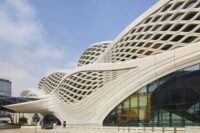
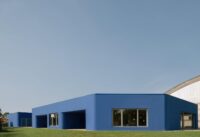

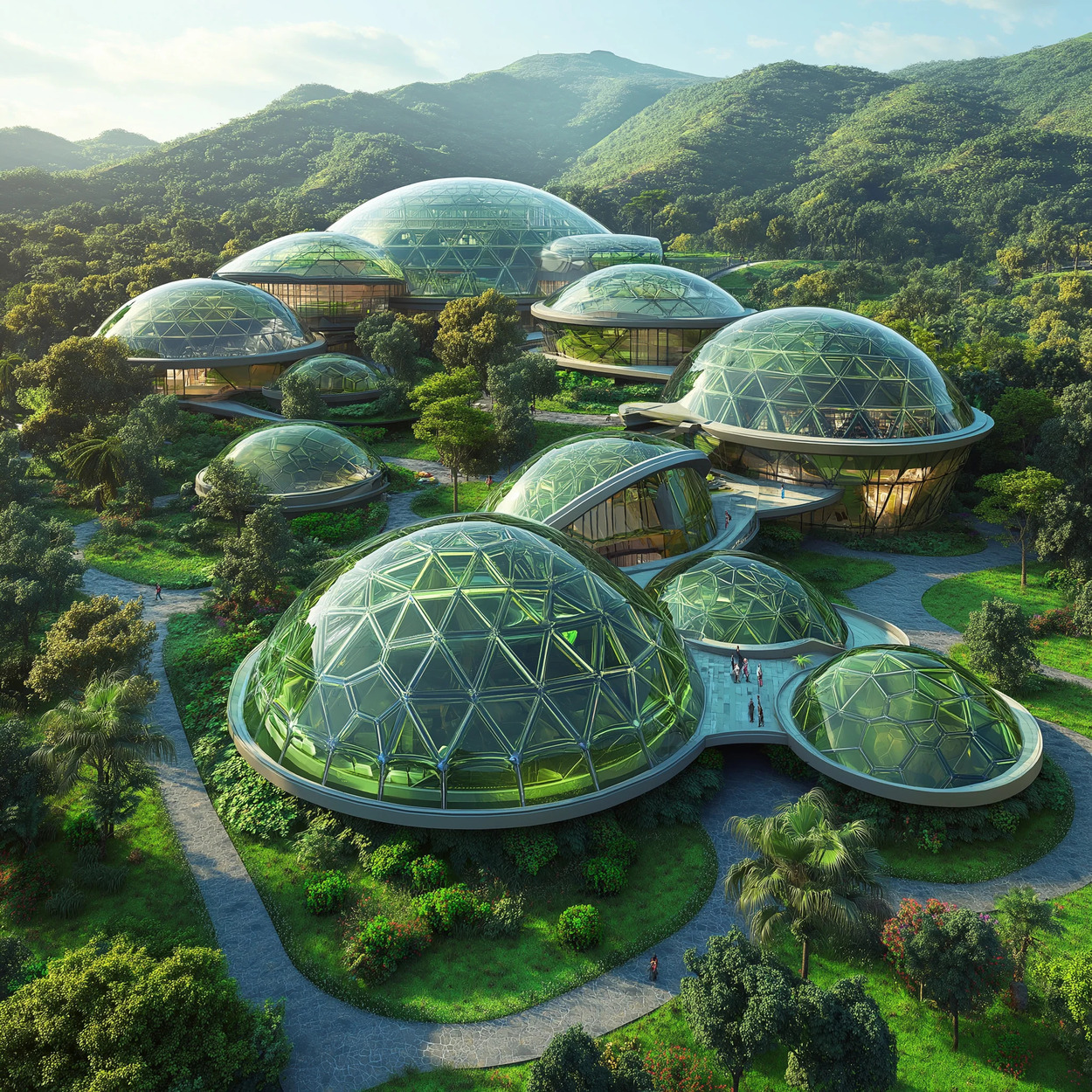
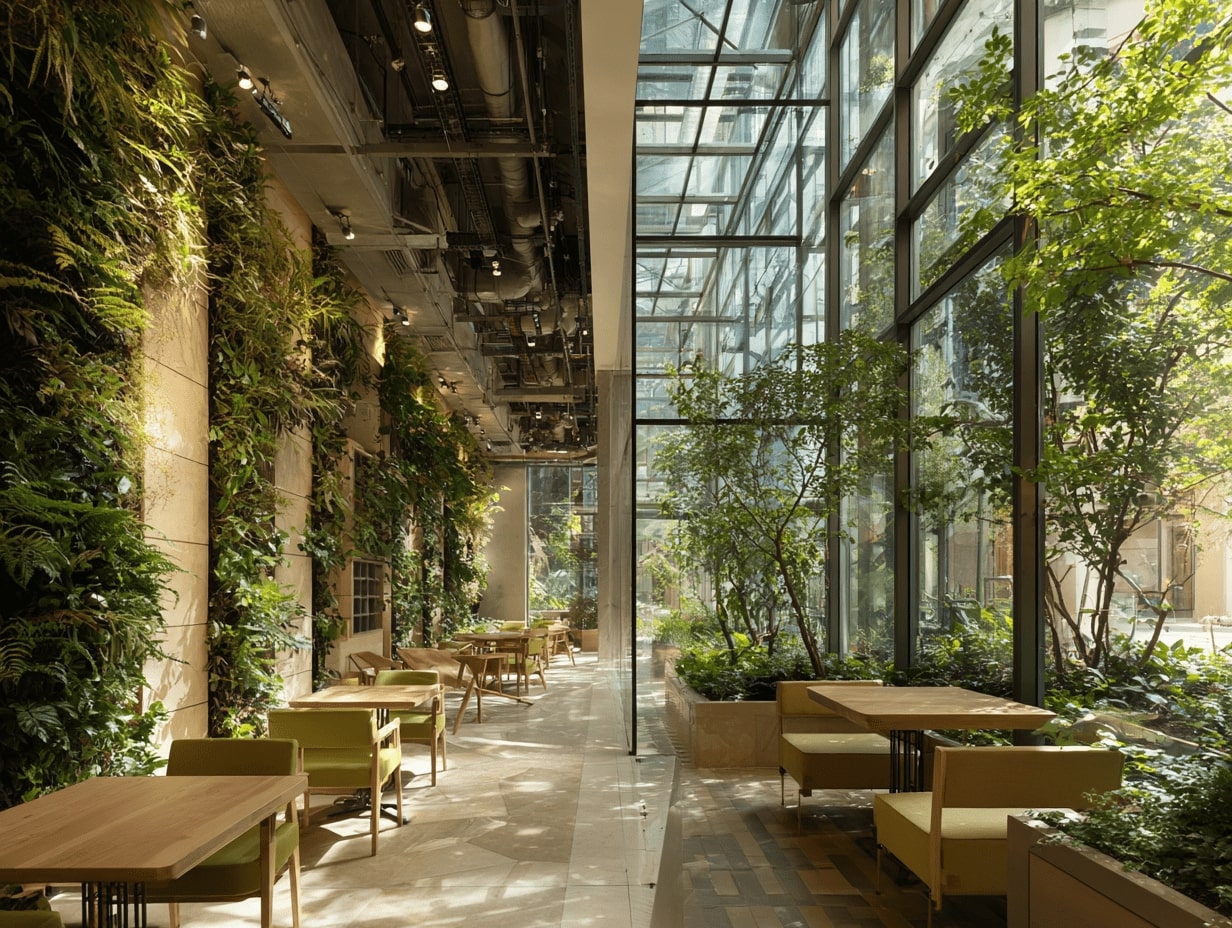
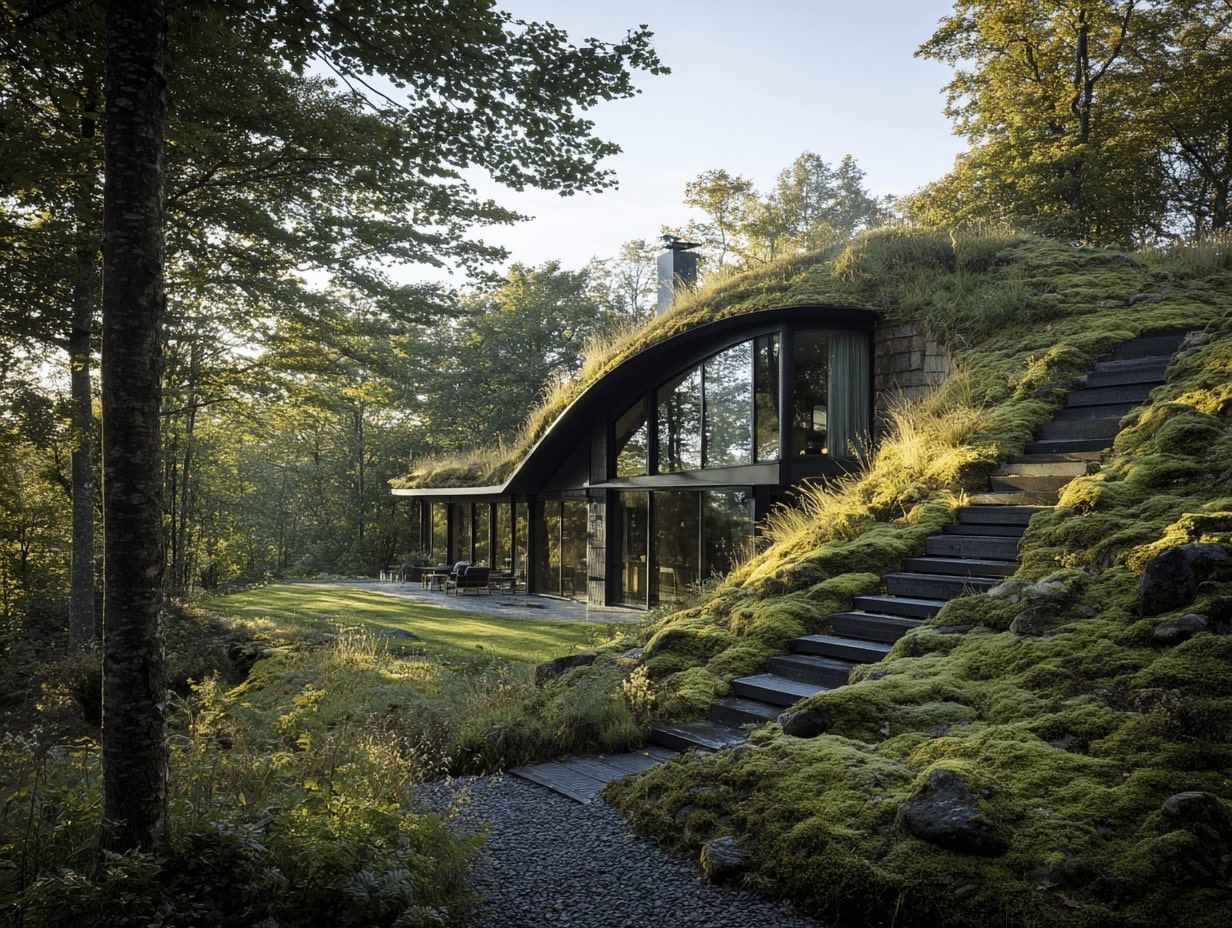

Leave a comment